|
We had a recent situation where we found a small swarm of bees clinging to an apple tree in our Rye apiary. This was a big surprise since none of our hives had any signs of throwing a swarm and the cluster was very small. Furthermore, the coloring of the bees also was a bit too dark since the majority of our bees, in this apiary, are the orange colored Italian honey bees. The cluster was small and hardly noticeable but it held together on a branch in a tight arrangement. Upon closer review, the bees looked to be a tad lethargic and hungry. Some forager bees were coming back with pollen to feed the hive but there did not appear to be any work to look for a new hive location. Our guess is the swarm may have tried to enter an existing hive that one of the scouts had found and was beaten back and needed to retreat to a tree branch. We need to
0 Comments
Product provenance: Farms to Carts gives insight into local food through QR codesThis is a great article on our new SeaBee Honey Tracker and the Farms to Carts™ platform that it is built on. This easy to use product has made our products fully traceable back to the hive and apiary where it was harvested. From hive to bottle. Read it here: Excerpts from the articleSeaBee Honey jars have a cute little cartoon bee on the front label, but it’s the back label that holds the key to learning where that honey comes from, right down to the hive. Shoppers simply open up that QR code scanner on a smartphone, line it up with the code and voila! a world of information pops up. For SeaBee Honey, shoppers can find out more about the batch of honey they’re buying including the Flavor Profile, harvest season, type of honey bee that created it, and the town and apiary the honey comes from, right down to the hive. For example, the RYEGAR0521, one of the 2021 batches, is a late summer honey created by Italian bees. The honey type is wildflower, color is amber, and it was harvested in Rye, N.H., at the Tucker Pollinator Sanctuary from the Saratoga hive. Dive a little deeper and learn about the local farm and more about the origin of the bees. Other information includes harvest, extract, bottle and ship dates as well as that flavor profile. I received a call informing me that a couple of hives on the Lee/Epping border were attacked by a bear. We have always known there was one or two lurking around but for the last 12 or so years, we had no issues at this spot. I went immediately to check on the hives expecting the worse but to my surprise, the hives were still intact and the bees were relatively calm. After I properly surveyed the location, making sure the wasn't any bear lurking about, I checked on the hives and found that one honey super had gone into the woods but was only partially consumed. The bees had time to mount a defense and inflict some sting damage on the bruin, likely driving it away. The hives were still strapped together which likely also hindered the attack, allowing the bees to focus on the attack and causing some confusion for the bear. Likely, the bear was not experienced or hungry enough to wreck the hives outright. Black bears can take a significant amount of damage and inflict even more with their immense strength. Boxes can be shattered and brood scooped and devoured by a hungry bear in relatively short time. This bear got to some honey but hardly any of the rich protein that can be found in the bee brood boxes which would be like a nice steak dinner for a bear. This protein is critical to the bear as it prepares for the upcoming winter and it was likely it was disappointed with the small snack. Once I completed the initial clean up, I carefully re-stacked the boxes and sealed up the hives. I added more straps to each hive and secured them thinking that it would help but not fully stop a return engagement from a now more experienced bear. I didn't have temporary fencing or electrical power supply to place an electric fence around the apiary. Instead I have decided to move the hives closer to the coast where they would be more protected. The video below shows the hives upon my arrival to the apiary after the attack. The Portsmouth Herald's Olivia Falcigno took some great photos on a recent visit to one of our bee yards and the SeaBee Honey House in Rye, NH.
www.seacoastonline.com/picture-gallery/news/2021/06/21/seabee-honeys-apiaries-rye/7746744002/ Our bees have been pollinating various orchards in the seacoast for many years now. However, we had an orchard owner request help recently with his heirloom orchard. Many of the trees had produced sporadic fruit but one tree had not produced fruit for over 20 years.
The barren tree was a Northern Spy which is an older variety and renowned for its fit for desserts and pie. This particular tree had partner pollinators in the orchard but likely not any successful pollination runs by native pollinators or any local honey bees. We even had hives located within a 1/4 mile from this orchard but none of the hives sent foragers that far out. This makes sense since when this tree blossomed there was plenty of forage closer to the hives and there was no need for long trips to this secluded orchard. To get this tree to produce apples we had a simple solution. We only needed to drop a hive in this secluded orchard that was found in a well-manicured clearing surrounded by forest. Placing a hive directly under this tree made a big difference and once the blossoms were out on the Northern Spy our bees were on them gathering pollen and nectar from this tree and surrounding pollination partners. How did they do? This month we received a call and text from the orchard owner who sent us this photo of a well-pollinated Northern Spy with ample fruit. It was a pleasure hosting our friends from Whole Foods Market and the Portsmouth Herald. We provided a tour of the SeaBee Honey House and one of our apiaries in Rye, NH. We also made the front page of the paper. Thanks everyone!
@wholefoods @seabeehoney @portsmouthherald Prior to the opening of the Portsmouth Whole Foods Store - Food Industry Network interviewed Holly Long from Whole Foods and she discussed why they selected SeaBee Honey for their store.
Hyper Local is when we have honey close to the retailer. As many of you know we spread our hives around the Seacoast of New Hampshire and beyond. Each hive's honey is processed individually and traceable back to the hive. Whole Foods is aligned with this our approach and is one of the reasons we decided to partner with them in their new Portsmouth store. Does Whole Foods currently have a presence in the Portsmouth area? Curious as to how you approach the forager process when Whole Foods is opening a new store. How do you find and foster new brands in each market? We currently have two existing stores in New Hampshire as well as a store in Portland, Maine, that is not too far away from Portsmouth, but this is our first store on the seacoast of New Hampshire. For new stores, we typically try to forage for items from the immediate local area, but we also look to highlight existing local suppliers that we already have amazing relationships with. For our Portsmouth store, we’ve done just that. We have some hyperlocal honey from a new supplier, SeaBee Honey.... The rest of the interview can be viewed with the link below. https://foodindustrynetwork.com/a-whole-foods-forager-provides-sneak-peek-of-new-portsmouth-store/ Covid-19 has had a tough impact on all aspects of our life and one area that has suffered is with our schools. Students have had a tough time with remote learning, masks, and social spacing interfering with their education. Recently, the folks at the Little Harbour Elementary school in Portsmouth, NH reached out to SeaBee Honey to ask if we could visit the students with our observation hives. The teachers were putting on an environmental camp replacement program and wanted to include a pollinator session. We couldn't refuse such a noble request. Today, we packed up our pollinator materials and observation hive and set up on the lawn at LHS. We met with 3 large groups of students and provided an overview on pollination, showed the bees (including a queen), and took some awesome questions. The temperature was hot but the kids had such great questions and excitement we hardly noticed. It was a great discussion and we were able to help the students understand the value of pollinators to our ecology and how they could help. We learn a lot when we do these educational sessions and it helps us hone our message to the next generation. Please reach out to us if you have any educational events you would like us to participate in. SeaBee Honey and the League of Conservation Voters will once again be presenting a pollinator-focused event. This will be an online workshop with the following details:
Virtual Sustainable Gardening Workshop Thursday, May 6th at 5:00 PM AGENDA ● Intro - 2 minutes ● Soil/sustainable practices - 15 minutes ○ -Pesticide alternatives ○ -Composting ○ -Soil Health ○ -No-till gardening ● Keeping it local - 15 minutes ○ -Native plants/flowers/shrubs ○ -Landscape management for promoting wildlife ● Pollinators - Joe M. - 15 minutes ○ -Importance of pollinators ○ -Impacts of non-organic farming on pollinators ○ -How to plant pollinator-friendly ● Questions from audience - 10 minutes ○ How folks can implement practices into their own gardens/lives ● Closing Remarks/Field Pitch - 3 minutes SPEAKERS SeaBee Honey - Joe Marttila Hip Peas Farm - Dan Birnstihl Wild Seed Project - Anna Fialkoff For years, we at SeaBee honey, have worked with our local schools providing free pollination overviews and observation hive visits. In 2020, we helped the folks at the Dondero School in Portsmouth with writing a grant to receive a new bee hive and equipment used to manage the hive. While they provided the equipment, in this case a top bar hive, we provided the honey bees at no cost. We also provided pollinator overviews with the 3rd graders at Dondero that ranged from Pollination 101 to Products of the Hive. With the support of Portsmouth Superintendent, Dondero's Principal and Mrs. McCain we were able to set up a space on the campus that could safely house the hive. Finally, after a one year delay due to Covid-19 we were finally able to hive bees in the top bar hive. In the attached video you will see Mrs. McCain shake out 3lbs of bees into the top bar hive. Great job Mrs. McCain and all the teachers, faculty and students at Dondero! Bumblebees are great native pollinators and they are best suited to pollinate many of our native crops (squash, blueberry, pumpkins and blueberries). Unlike honeybee hives, bumblebee hives are not perennial and they break down in the Fall season. When the hive disperses the queens in the hive will find a burrow to hibernate in the winter. We find many locations that are suitable for queen bumble bees to spend the winter but this small burrow under a large pine was ideal for this queen here in Rye. Watch as she emerges to take one of her first flights for the season and start the process of building a new hive. #easternbumblebee #seabeehoney #nativepollinator What to do if your honey has crystallizedWe recently had a customer that told us they threw out their honey because it had crystallized. "Did it go bad?" they asked. The answer is a resounding "No". Honey does not go bad when it crystallizes it just changes from a liquid to a solid. The customer only needed to gently reheat the honey in a double boiler at a temperature of 90 F and it would return to its liquid state. Let's cover crystallization and why it occurs:
Why does honey crystallize? Honey is extracted in a liquid form and SeaBee Honey is no exception. Our honey is extracted in our specialty-built honey house where it is spun from the honeycomb and then gently heated before it is bottled and packaged. Honey has two main sugars that drive the crystallization process: glucose and fructose. When glucose molecules separate from the water in the honey, they begin to form a crystal. That crystal will be the initial seed for other crystals to build upon. If honey has a higher portion of glucose compared to fructose, it will crystallize faster. For example, dandelion honey has high glucose to fructose ratio and will crystallize very quickly. Other factors such as temperature and pollen content also help expedite the crystallization process. The cooler the temperature the quicker the crystallization will occur. If the seed crystal is larger the resulting crystallization will be larger and have the consistency of rock candy. Finer seed crystals will result in a smoother consistency that has a butter-like texture. We call this honey whipped or creamed honey. We do make some crystallized honey in the Fall season, and it is very popular with many of our customers. If your honey sits in your cupboard for a few years, it will crystallize or partially crystallize. Again, this honey is unlikely to have gone bad. There isn't enough water in the honey to have it spoil but there may be cases where you have honey that has fermented. This is also very rare but can occur if a wild yeast found in honey has started the fermentation process. This can occur if the storage area is over 80F, and you will know it has fermented by smell and taste. To prevent any potential fermentation, it is recommended to store your jar in a cool, dry location out of direct sunlight. It does not need to be refrigerated. If your honey has crystallized thoroughly, give it a try and if it has a smooth spreadable consistency, keep it as a spread and enjoy your own whipped honey. It will last indefinitely. "FOR THE BEES" Wandavision and the Role of the beekeeperOur family has been watching Disney's WandaVision show the past few weeks and episode 2 ends with a beekeeper emerging from a manhole cover with a few bees flying around his head. The show is definitely a departure from most Marvel products but it has pulled us in nevertheless. The beekeeper emerging from a manhole brought questions from the kids about bees and what the heck was going on. Well this beekeeper was a collector of Marvel comics as a kid so I needed to give it a go. First of all the beekeeper had no relevant theme in the Marvel universe that I knew of. I did notice that the suit was brand new and there were too many bees around the beekeeper. Our beekeeping gear is old and worn. It looks new on the first day and then it becomes "not new" in a matter of hive visits. So the clean bee suit seems to be odd as does the number of bees flying around the keeper. Spoiler Alert: The recent episode has shown that the beekeeper is actually an agent that has made it into the WandaVision pocket universe. His hazmat suit changes once he crosses into the WandaVision world. The Vision and Scarlet Witch see him at the end of the episode, Wanda says "No" and time reverses back to earlier in the episode. What happened to the agent? We noticed a lot of other spoilers and it seems that this pocket universe is part of the act of someone or something that is controlling Wanda. Our guess is that it is one of the supernatural beings found in the Marvel universe such as Nightmare, Mesphisto (the Devil) or one of their underlings like the Grim Reaper or Agatha Harkness (Agnes). The Grim Reaper was a bad guy in the comics that wanted to kill the Vision because he was programmed with the brain waves of his brother. This scenario is much too complex and convoluted for a show like WandaVision. While it will be tough to introduce the Grim Reaper in this story arc, his helmet does show up in an easter egg at the start of episode #2. Using a Bewitched type intro, the animation shows the Vision phasing through the floor boards of their house and between the floors is the Grim Reaper's helmet and some bones (yikes). This is likely a dead end but in the Marvel universe they usually like to start with a lower level bad guy who is under the direction of a more ominous and powerful character. Some other interesting points we have noted:
Agnes the Neighbor Agnes has appeared in every episode and is likely the character Agatha Harkness a somewhat benevolent witch that has a history with the Fantastic Four and Scarlet Witch in the comics. Agatha's brooch is something that is displayed in both the comics and the series. It could be that Agnes is the villain of the series but she may be lackey under the direction of a more major player such as Nightmare or Mephisto. Hexagon Theme The hexagon is prominently displayed throughout the episodes to date. The hexagon is a common shape in nature and of course honey comb is hexagon in shape. The town gazebo, the shape of the pocket universe, and the clock in Wanda's home are all hexagons. The hexagon itself is not an occult symbol but it is the intersection of a hexagram which is the a symbol of the occult. It could be that the full hexagram will come into display in later episodes. Another theory is that the hexagon shape is where the two universes connect. When bubbles abut each other they form a hexagon on the connecting planes. Mr. Scratchy The rabbit that Agnes gives to Wanda is called Senor Scratchy. Old Scratch is another name for the devil and it could be another clue that Mephisto is the bad guy behind this all. Neighborhood Watch In episode 2, Vision crashes the neighborhood watch that doesn't seem to want to include him in the meeting. Could the 6 represent the Fear Lords of the Marvel Universe? Dr. Strange has battled this group in the past. It is made up of the following villains: Dweller In Darkness, Nightmare, D'Spayr, Lurking Unknown, Nox, and Kkallakku. They originally included the Straw Man who would not turn against the earth and mankind. This is a stretch but it is likely that Nightmare is behind the pocket universe. For the Children WandaVision is devoid of any children other than Wanda and Visions twins. The people of the town seem to chant "for the children" on queue whenever it is said. It is likely the entity behind the pocket universe has taken the children of the citizens hostage to make them play along with the charade of Westview. This is just a guess but it will be interesting to see if we see any kids other than Wanda and Visions children for the remaining episodes. In any case, the show has been a lot of fun for us to watch we just hope that the beekeeper and bees didn't meet an untimely demise at the hands of the Scarlet Witch. "For the Bees" We have been getting a lot of requests and feedback on our SkiBee wax for skis and snowboards. Currently, our formulas have been tested on the various conditions we have here in the great state of New Hampshire. Tests have shown that the formulas have worked well compared to the traditional petroleum-based waxes and the soy based waxes that are currently on the market. Some tests have shown we have a faster wax in certain conditions.
Many people have asked for the formula and our team has been discussing if we should share this with the public. We are still discussing this amongst the team as we continue to fine tune the formulas. What we can tell people, is that the recipe uses beeswax and only natural ingredients that can be found in New Hampshire. The beauty is that any residual wax loss from the ski into the environment is returning from where it came from. Stay tuned for more information and maybe some test footage. What's in your Beeswax?We have had numerous people come to us for real authentic beeswax after buying foreign made "beeswax" from one of the craft store chains. Typically we get people who are trying to make candles or lotions with this foreign product. Commonly they report having issues with the smell and/or texture of this beeswax made in an Asian country like Viet Nam.
Is this really beeswax? Is it safe to use? Do they use other fillers in the beeswax. The answer can be complicated, while there is likely beeswax in the product there is a chance that it has been cut with other cheaper waxes. Our examination of the products has shown that there is something not quite right about these products. Here's what we recommend when you buy a bar of beeswax: Smell: How does the beeswax smell? A beeswax bar should smell like beeswax with a hint of honey, the smell is unmistakeable. If the beeswax doesn't have that smell you should be suspect of the product. Texture: Beeswax has a solid appearance at room temperature. It will have a tacky feel but will not be sticky and it will not feel greasy or slippery. When heated the beeswax should melt at 144 to 147 degrees F (62 to 64 C). Color: Beeswax colors range can be dark yellow, light yellow, white or beige/brown. We recommend consumers look for beeswax that is more yellow in color and avoid those that are brown. Brown or darker colors can be an indication that the beeswax has been overheated or is mixed with another wax. Beeswax is a great product when it is sourced from a reliable source. You may spend more for locally sourced beeswax but in the end you will be sure you are getting 100% product that is safe for your needs. If you have any questions, you can contact us at [email protected]. 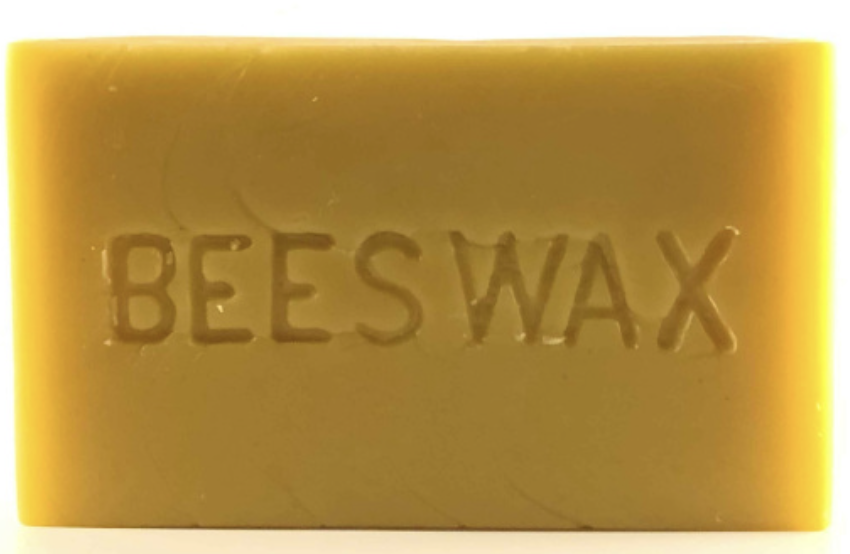 Along with honey our hives also produce beeswax which is a natural occurring wax produced in special glands of the worker bees. The wax is produced by each bee in a thin layer and the hive uses it to form and construct the honeycomb. The honeycomb is used to stored nectar, pollen and brood. Honey bees essentially build their home from beeswax and a new hive will spend the early part of the year building out the comb in the foundation of a new hive. It requires a lot of resources for a hive to create beeswax and it is estimated that it takes 8 pounds of honey to make one pound of beeswax. That males make it a very valuable product to both the honey bee and beekeeper. Beeswax is an incredible product that we don't typically have a lot to offer to our customers. As we have discussed in past blog posts, the team at SeaBee has been experimenting with beeswax to produce a skiing and snowboarding all purpose wax that is all natural and safe for the environment. The wax we use for this product is the older wax that we turn over in our hives. This wax is darker and has been stained by being tracked on by hundreds of thousands of bees. It is our policy that older wax should never be used for anything other than industrial purposes since the wax can also hold environmental contaminants that bees have tracked into the hive. While bees will keep the top of the comb as clean as they can never fully clean it. It is a beekeepers duty to help the bees remove this older wax from the hive. A experienced beekeeper can identify old wax just by looking at it but new beekeepers may want to date their frames so they know for certain how old the wax in the hive is. The limited amount of wax we produce and sell comes from the cappings wax from our honey extraction process. When nectar is cured into honey, the bees will cap it with a new layer of wax. This capping is ,in most cases, a new freshly created wax covering. During our extraction process this top layer that is cut off into the capping tanks. The honey goes into the extractor and the capping drain out or are spun again to remove the residual honey. Once this process is completed, we are left with the wax cappings that are then put into our wax melter, a large stainless steel tank with a heating element. This process involves adding the cappings to about `10 gallons of fresh water in the tank. The water is heated to the beeswax melting point and the wax floats to the top of the stainless steel container. Any pollen, propolis, and honey left in the wax will form a layer under the wax. We then open a gate on the side of the tank that will let the molten wax flow out of the tank into a couple of filters that will remove any other particles. The wax is then put into another cleaner container and filtered again into larger molds. Once these larger wax blocks cool they are then heated another final time and once again filtered into their final form (1lb block, 1oz block or pastilles). The end result is a yellow cake of pure beeswax that has a beautiful fragrance and tacky ,but not sticky, feel to it. This is the wax we provide to our customers who use it in a number of innovative and thoughtful ways. Protecting our PollinatorsSeaBee Honey has partnered with our friends at the Rye Public Library to present a Zoom meeting on how we can help protect our community. The details provided by RPL are below:
Join us on Wednesday, April 29 at 6:30 p.m. for a Zoom presentation by Joe Marttila of SeaBee Honey and Apiaries. SeaBee is based in Rye with the mission to preserve both pollinators and farmland in the Seacoast area. Joe Marttila will give you a fascinating glimpse into the world of honey bees and other New England native pollinators, and explain why pollinators play such a critical role in the ecosystem. He will also touch on why pollinators are in decline and what you can do to help. Joe will take questions by chat after his discussion. Join at this link Wednesday 4/29 at 6:30 pm. [meeting # 916-3537-9431. The password is BEES!!20 We look forward to the call! Pollinator Education at the Dondero School For years we have been helping schools with their pollinator education by using PowerPoint presentations, processing frames of honey with our mobile extractor, and the use of an observation hive. In 2019, Sarah McCain from the Dondero School in Portsmouth, NH reached out to SeaBee Honey to ask if we would help assist with their grant application and provide guidance to their pollinator program. This was an endeavor we could not refuse and we offered our services and volunteered to supply the bees for their new hive at no cost.
The grant was approved and we had the chance to visit the school and look at the equipment they had received. The top bar hive was a nice surprise and even has an observation window for the kids to view the bees. We went through the equipment with the team and discussed our next steps which would involve placing bees into the hive in the next few months. We are excited about this new learning experience for us all! Do you want us to talk about pollinators and history? SeaBee Honey and Apiaries will be there no questions asked. Recently, the Moffatt-Ladd house asked us to participate in their Harvesting History event on their grounds in the heart of Portsmouth, New Hampshire. We spent a Saturday afternoon talking about bees and the history of honey bees and other pollinators in the Seacoast area of New Hampshire. The Moffatt-Ladd house is on Market Street in downtown New Hampshire and many people have walked by it hundreds of times not knowing that it is a museum and garden. The mission of the Moffatt-Ladd house from their website is as follows: The purpose of the Moffatt-Ladd House and Garden is to interpret American, New Hampshire, and Portsmouth history through the lives and possessions of the inhabitants of the house, both free and enslaved. The Society collects and preserves objects and manuscripts appropriate to this history. The Moffatt-Ladd House is a National Historic Landmark Building and a member of the Great American Treasures program of NSCDA. The history of this house is rich and it was home to William Whipple, a signer of the Declaration of Independence. "According to family legend, after signing the Declaration of Independence William returned to Portsmouth with a handful of horse chestnuts from Philadelphia, one of which he and Prince planted in the yard in commemoration of his participation in that momentous event. The tree is still standing, some 234 years later. Whipple also held the rank of Brigadier General of the First Brigade of New Hampshire Militia. In 1777, he led the regiment to Saratoga and in 1778, he participated in the abortive Rhode Island Campaign." The chestnut tree still stands and it has been feeding pollinators for over 200 years. The house also has an extensive garden and pollinator habitat that still has blossoming flowers in mid-October. They also have an extensive collection of old beehives on the grounds that display the different types of hives used throughout the years. We were honored to attend and brought along our observation hive and discussed the role pollinators played in the early colonies. Not many people know that honey bees weren't native to America and were brought to this country by the early colonists. Some of the first beehives in America were placed here in Portsmouth and in Hampton, NH as far back as 1638. We are pleased to announce that we will be presenting a topic on Keeping Bees in the Seacoast at the North Hampton Public Library on September 10, 2019, from 6:30 PM - 7:30 PM. We will provide an overview of our methodology of keeping honey bees and helping them through our difficult winters here on the Seacoast. Please bring your questions and we will also have some different kinds of honey to sample from our apiaries here in North Hampton, Rye, and Hampton.
It was a cool day today on the seacoast of New Hampshire but some of our bees were flying in Portsmouth, Rye and Hampton Falls. Our foragers were bringing in a good amount of pollen that will be used to help the hive drive up the population in the next few months in preparation of the early summer nectar flow.
The hives in Hampton Falls and Portsmouth were brining in a great array of pollens that ranged in color from green to bright yellow while some of the coastal hives were bringing in more green/grey pollens. It can be a challenge to identify the different types of pollen but in the end they serve the same purpose. Pollen is the key protein source for the hive. Without it the hive would not be able to function and the queens production of new brood would be limited. Many people make the mistake of thinking that the only sources of pollen for honey bees and other pollinators are flowers, which are very scarce at this time of the year in New England. Sure we have crocus, dew drops, and some hearty dandelions blooming but these flowers are only a small portion of the pollen diet for our bees. The key sources of pollen at this time of year are the trees. Every one of our apiaries is surrounded by maples and willows that are producing huge amounts of buds at this time of year. These buds contain the pollens that our bees are working and carrying back to the hive in great abundance. Willows are the earliest bloomers in our apiaries and bees can be seen working these trees in earnest on warm days in March. The maple around our hives are also starting to flower and will do so throughout the next few months. The various maples that surround our apiaries are also an important source of early nectar that the bees will use to restore their honey reserves. In most cases, this nectar is used up prior to the honey harvest. Look under our Plants for Pollinators sections of the website to learn more about the trees that honey bees and other pollinators work in the New England region. Today is the first full day of spring here in New England and our honey bees are getting eager to start foraging for the early pollen that will be produced by the numerous crocus plants, willows and sugar maples around our apiaries. Honey bees are incredibly resourceful and will find any pollen that is being produced in the nearby area. Last Friday, the bees in Portsmouth were flying and bringing back loads of beautiful yellow/orange pollen produced by the Yellow Crocus flowers around town. Pollen is vital to the honey bees at this time of year because it is the primary source of protein for the bees and is critical for brood development within the hive. Lack of protein will delay the buildup of worker bees needed to take full advantage of the first nectar flows. The video below shows a worker bee coming back laden with pollen and doing the waggle dance to alert the others in the hive of her find. The dance is instrumental in providing directions to the other foragers on the location of the pollen source. In this case, the pollen source was Yellow Crocus. Back before petroleum based waxes were available skiers utilized natural ingredients to wax the bottom of their skis. We will not go into the specifics of glide and grip but we will let you know that we have been experimenting with our friends at Pioneers Board Shop in North Hampton on a beeswax based snowboard/ski wax that is effective and 100% natural and biodegradable. Our 5th formula seems to have made a big improvement on glide and I tested it in some perfect conditions at Sunday River at the end of February. Snow conditions and weather play a big role in the type of wax one can use but so far our test batches have performed well over the synthetic waxes that are found on the market. Contact us at [email protected] if you are interested in testing our formula.
With St. Patty's day coming up soon we thought it would be a good idea to post a podcast we did with our friends from Beara Brewing. Beara is located in Portsmouth, NH and has developed some innovative beers including a Honey Brown Beer that uses Seabee Honey. |
Details
SEABEE HONEY BLOGAuthorA beekeeper in New Hampshire [email protected] Archives
December 2023
Categories
All
|
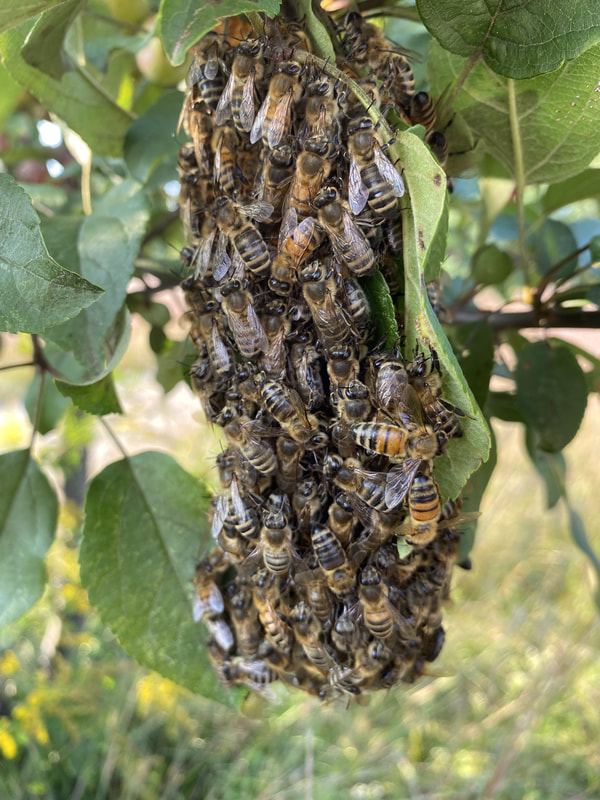
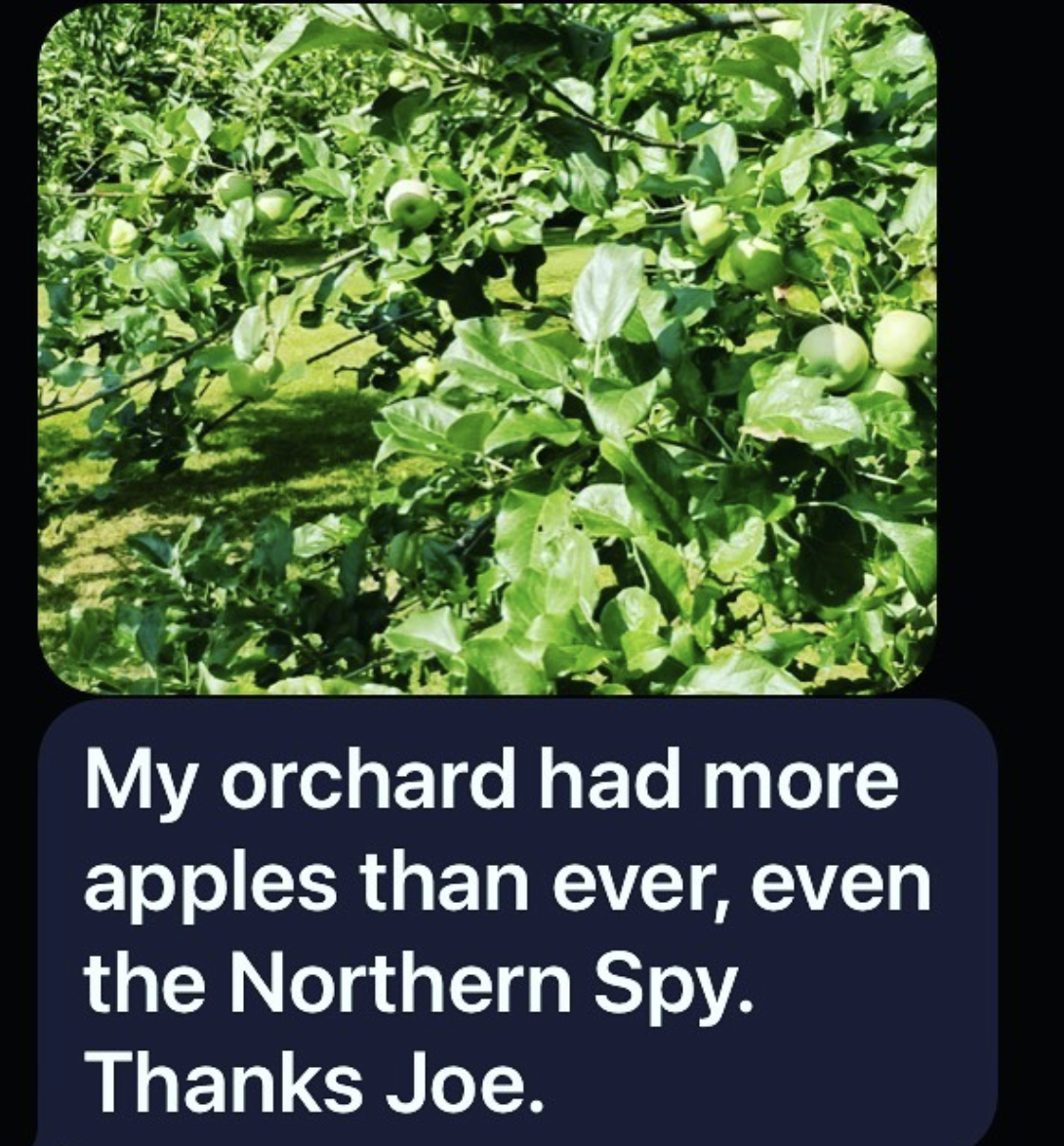
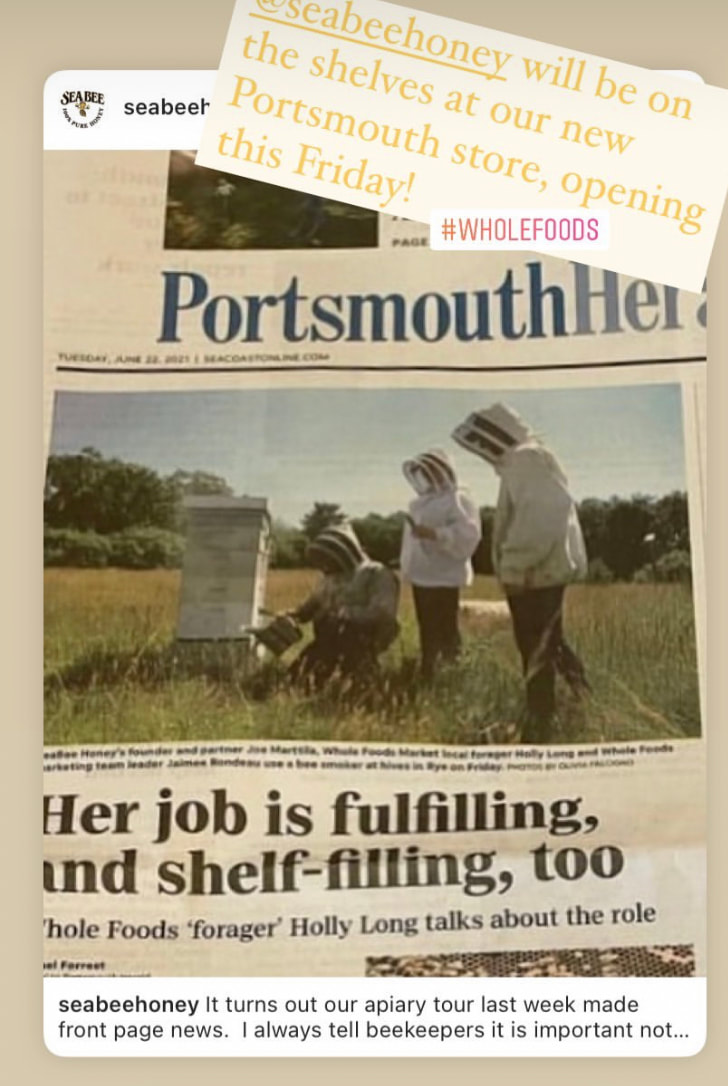
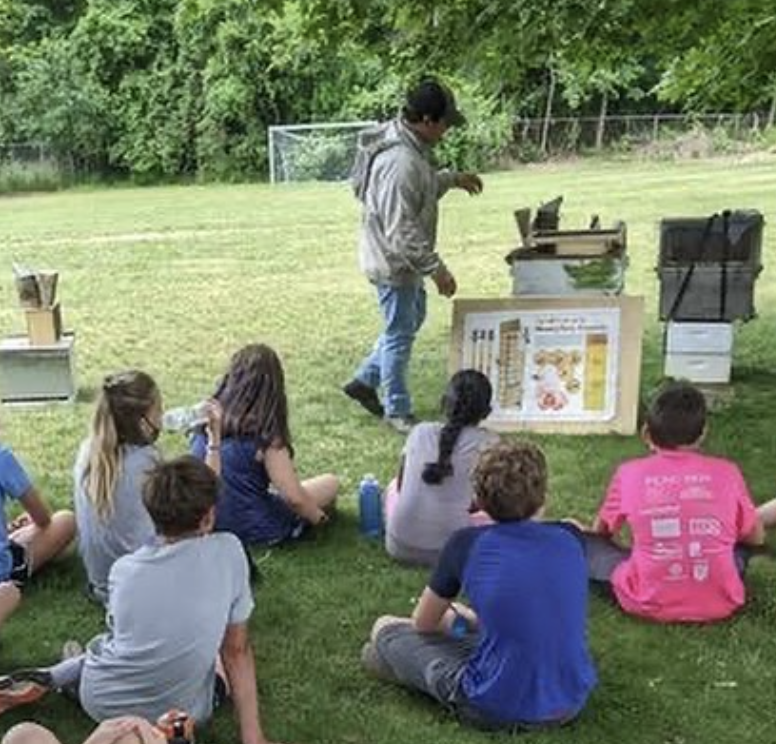
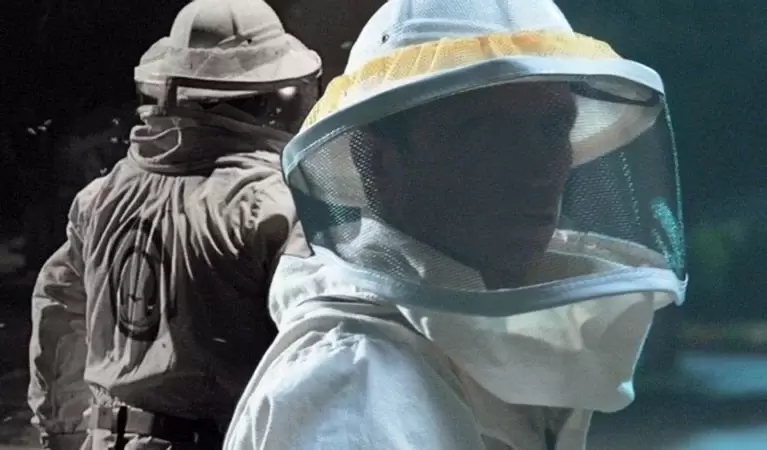
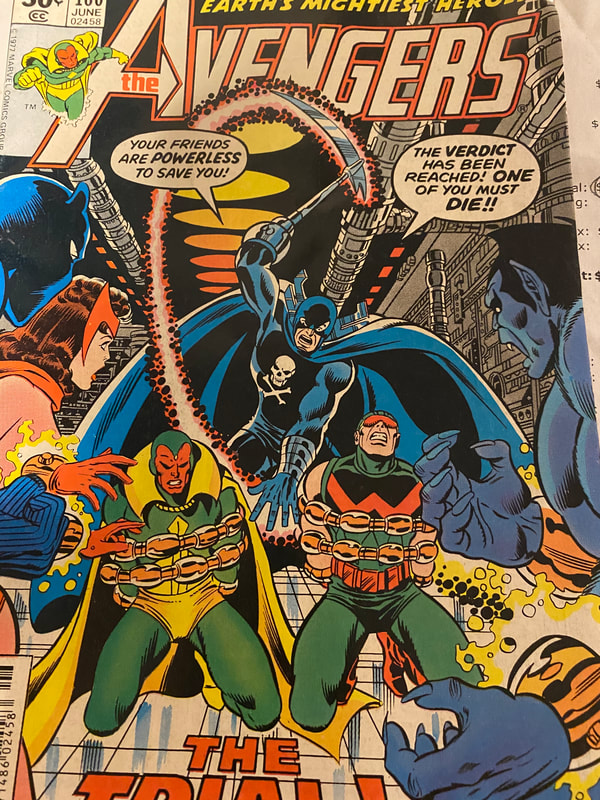

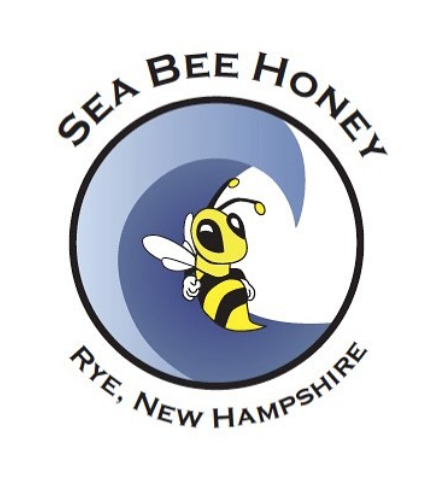
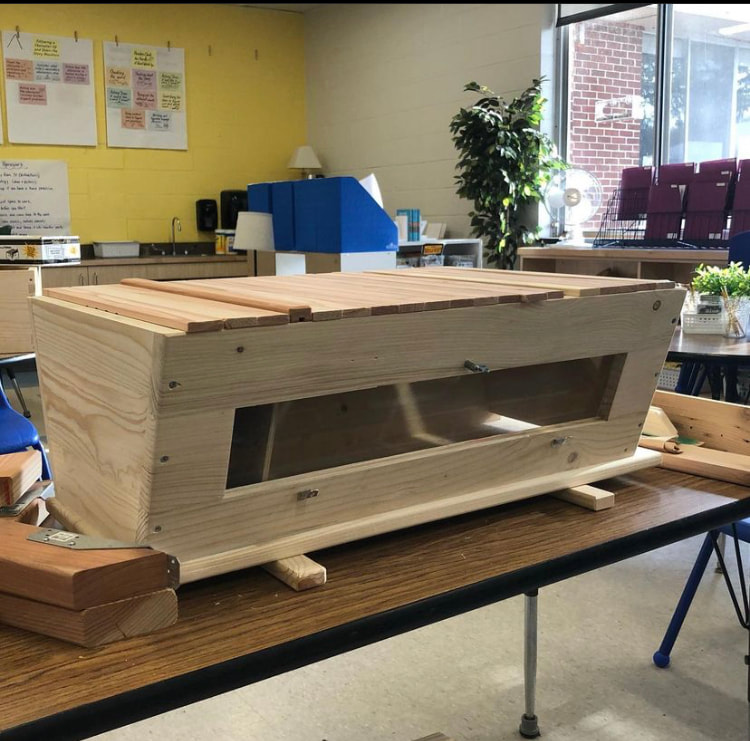
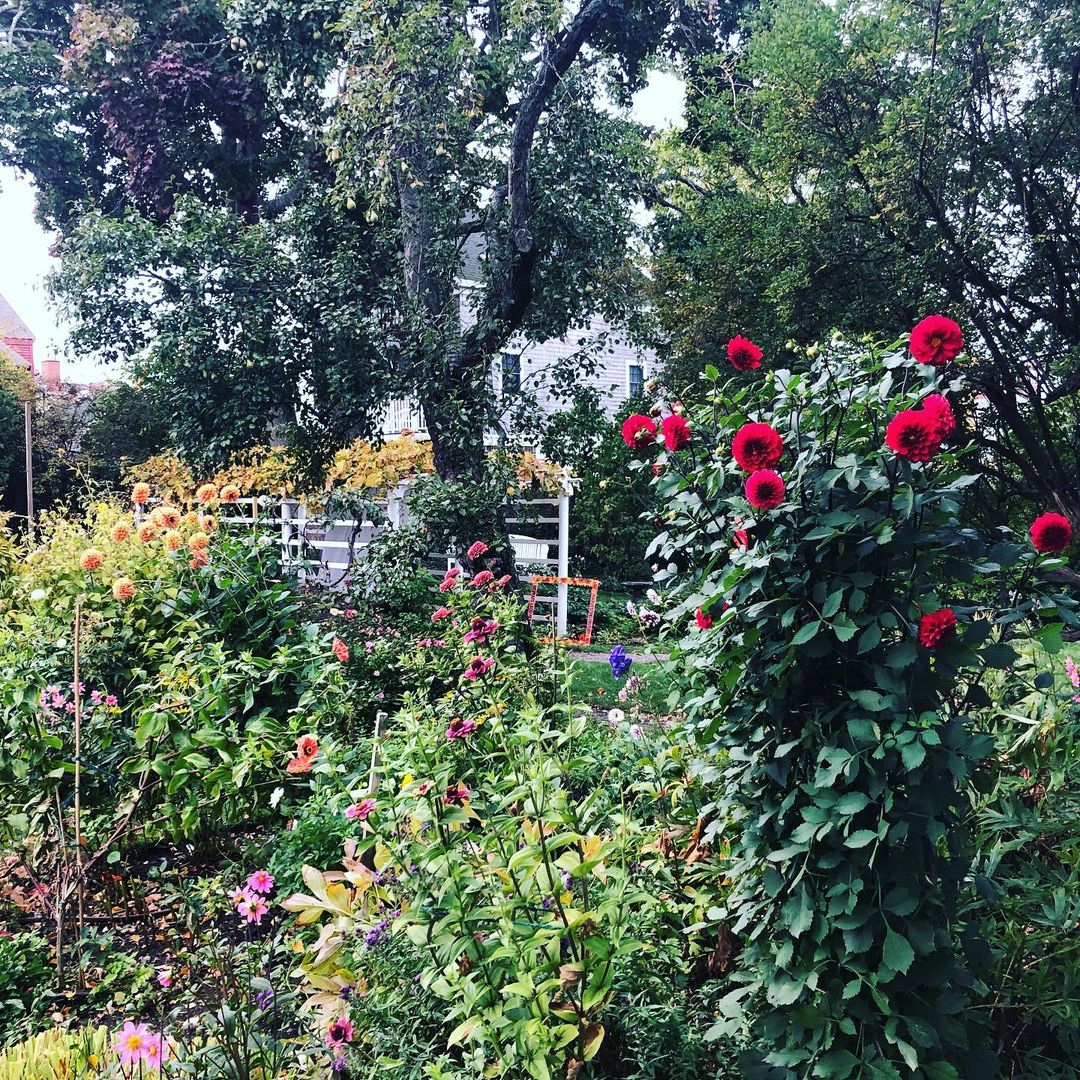
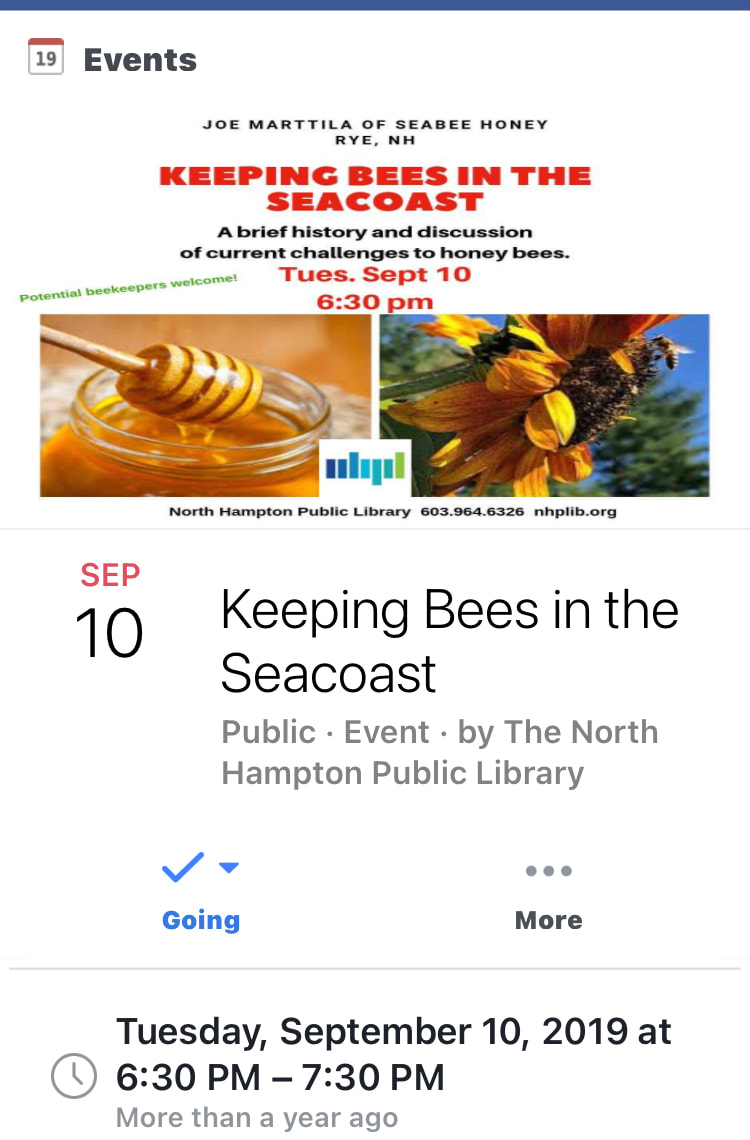

 RSS Feed
RSS Feed